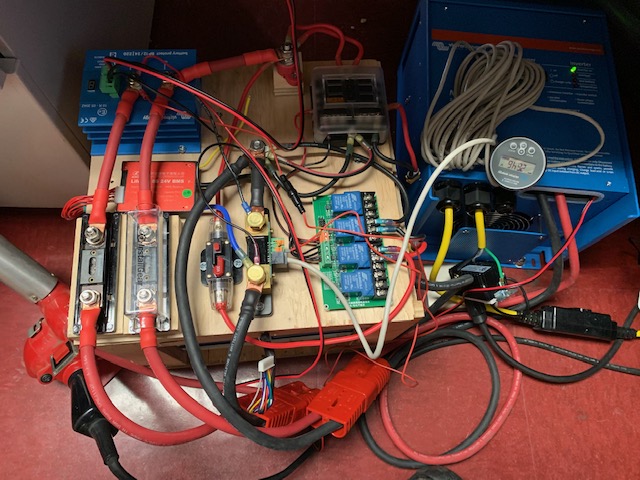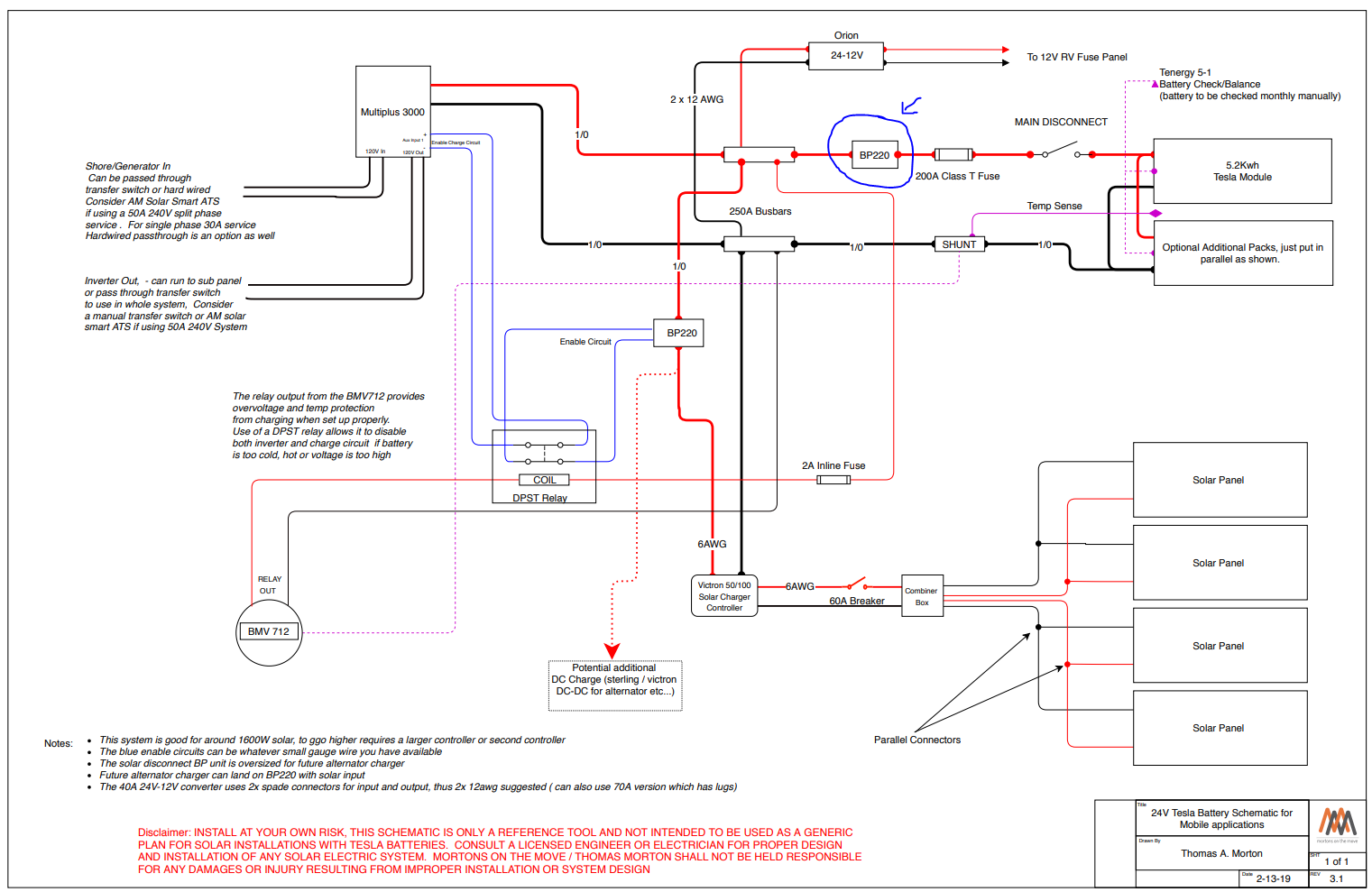I have a battery protect with the input wired to a 24V LiPo4 battery bank and the output wired to an inverter. The ground is connected to the negative battery terminal and its programmed as 8A.
When I connect the battery for the first time with the remote terminal jumped, the inverter has 24V. When I disconnect the Remote jumper the inverter continues to have 24V.
When I disconnect then reconnected the battery with the Remote jumper removed the inverter still sees 24V.
Any idea what is happening? It looks like my remote circuit is not functioning at all.


